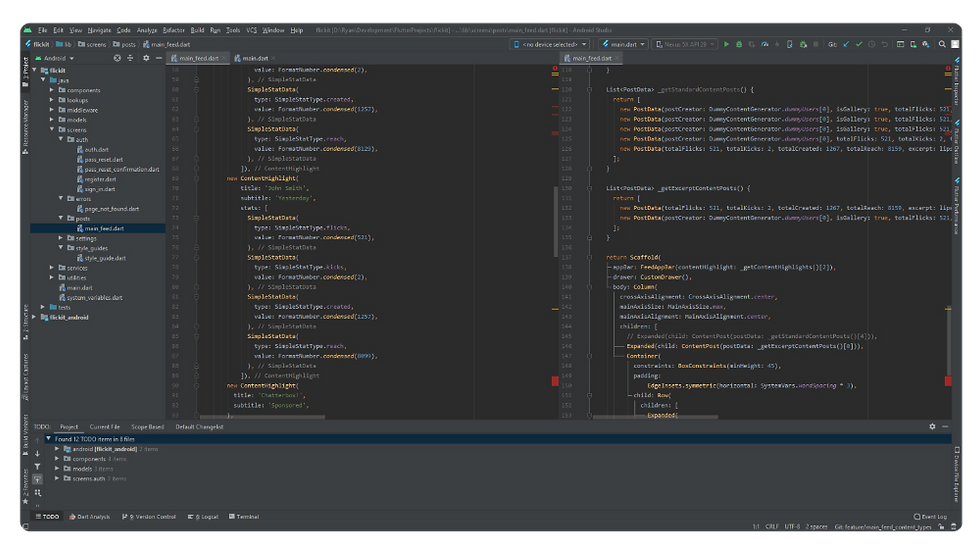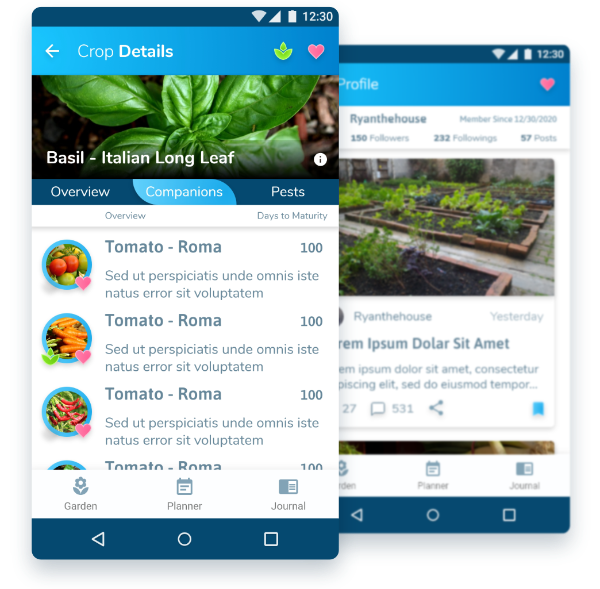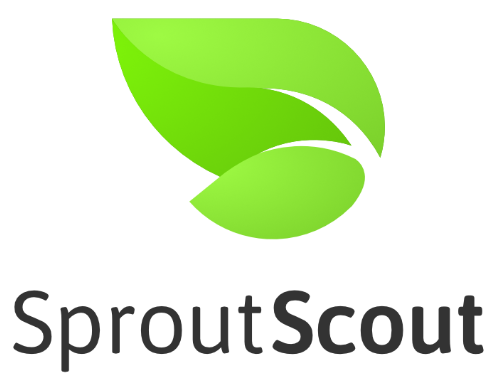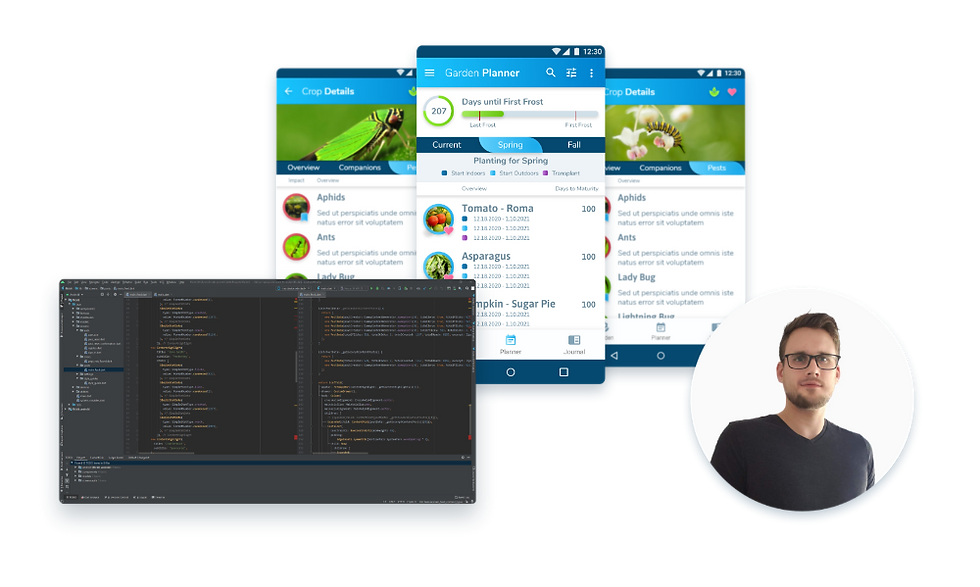
Front End Stack
Flutter - Write once, deploy everywhere. That's been a goal of many frameworks over the last few years. Flutter aims to provide exactly that in an easy to use package extending the Dart programming language. I wanted to get my hands on it and see what it could do and it did not disappoint. While I don't know that Flutter is fully ready for web applications yet, for a mobile experience it was performant and easy to learn.

Dart - A C based language in support of the Flutter framework. Experience with Java or C# reduces the learning curve of Dart and made picking up with new Google language seamless and familiar.

Firebase - For a quick and easy server side infrastructure, few solutions can out perform what Firebase offers. It was a clear choice for a small team like ours.


Sprout Scout
A mobile app for home gardeners helping users track, plan, and journal their gardening experience. Social components help gardeners reach out to their community for support and guidance. There's a lot to manage in a home garden, Sprout Scout is here to help.


Planting or starting seeds at the right time, based on your location, is critical for successful crop development. Each plant has unique requirements and planning this out effectively traditionally requires gardeners to maintain spreadsheets and calendars for each growing season. It's a huge time sink and can become overwhelming. Sprout Scout looks to simplify this process and help automate your garden planning.
Timely and region appropriate advice
Business Goals
Community gardens online
The best part of gardening is sharing your harvest with friends, family, and neighbors. We wanted Sprout Scout to be a social experience where gardeners could document and share their experiences with others, ask for help or advice, and journal their journey.
Farmers almanac for a modern age
Long standing reference material like the Farmer Almanac have been a critical source of information for small scale gardens and large scale farmers for generations. While much of this material is now online, it isn't optimized for an ideal user experience or ease of access. We want to bring this information to our users in a way that is insightful and informative in the context of their unique gardening experience.

The user flow was far simpler than others I have worked on. Essentially, I broke up use cases into 3 categories; plant growth, damage control, and social sharing.
For growth, I broke up use cases further by following the various stages of maintaining plant development. Seed starting, basic plant care, plant nutrition, and crop harvesting. Each phase got it's own content breakdown.
For damage control, I created an index of common pests and blights users could search for and bookmark for reference with recommendations for resolving.
Finally, I created a user journal that could be shared with friends and a comments section for tips, tricks, and other community driven advice.
User Flow

While not the first time I have done this, it's always a challenge to learn as you go. You don't want the pace that you work at to be heavily impacted by the technology you choose and committing to unknown or unfamiliar technology is not without it's risk. That said, I researched these technologies extensively and made an educated decision that worked very well for our team in the end.
Learning a new framework and language on the job
Unique Challenges
Approaching a broad range of content
Simply stated, there are a lot of crop plants and a lot of bugs. Providing detailed information in the form of what was effectively an encyclopedia of content was tough. Curating and reviewing that volume of content took a lot of effort and was something we simply had to grind through.
Addressing a large variety of conditions
Plants and pests respond and act differently under varying conditions. People all over the world face unique gardening challenge and to attempt to build the closest thing I could to a one-size-fits-all solution was a daunting task. It took a great deal of research and planning, in the end I think we created a solution for a broad and diverse market.

I was the Lead Product Engineer for this product. I coordinated and facilitated much of the research and development efforts, designed the app architecture, and established the design language and component library.
I worked extensively in leading the project management efforts, worked with subject matter experts to identify critical information, and as a gardener myself I spent a great deal of my time focused on the product that I needed to help me maintain and prepare my crops.
My role
I was a user of this product and it really helped me understand the products vision and design a solution that was easy to understand and extremely helpful. Like many gardeners, I knew the common problems and pitfalls. I knew the questions I wanted answered, I just didn't know how to find the answers. This perspective was invaluable in identifying a great solution.
It helps to be a user yourself
What I learned
Find subject matter experts
This material was something that I had many questions about myself. Speaking with experienced leaders in the field helped me identify paths to answering users questions and providing the information that best solved their problems. Having the ability to lean on a more knowledgeable sources of the content was a key to our success.
Curators and reviewers should probably be outsourced
This process was monstrous, we found ourselves overwhelmed quickly and ultimately resorted to outside help in collecting, grooming, and reviewing content. We should have started there. This very manual data entry process could have gone smoother and I will learn from this for future projects.


